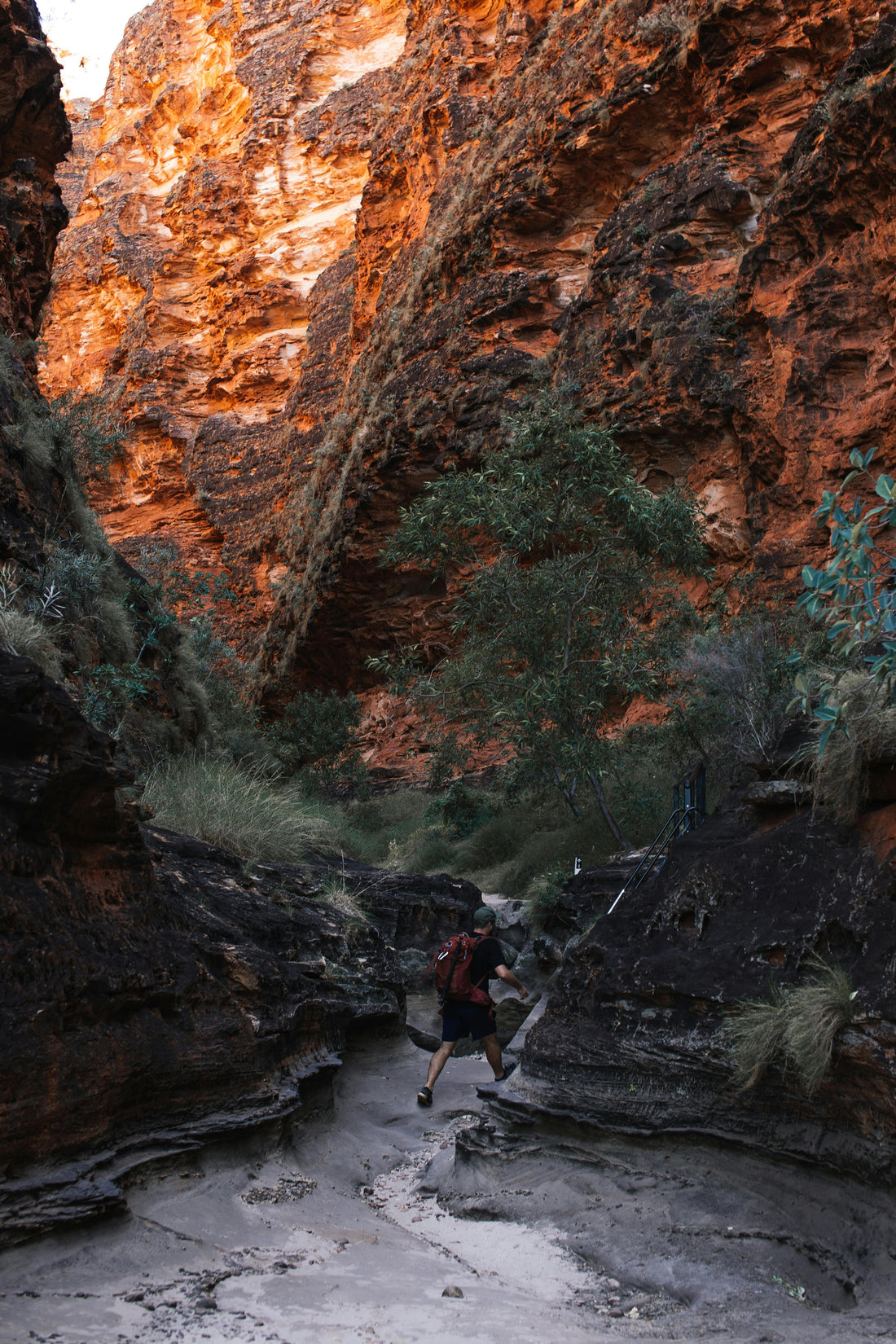
Surviving & Thriving in the Aussie Outback: What You Need to Know
The Australian Outback isn’t just a destination—it’s a test of spirit, strength, and soul. A place where red earth meets endless skies, and time seems to slow down under the scorching sun. Remote, wild, and untamed, it offers one of the most humbling and awe-inspiring travel experiences on the planet.
But make no mistake: the Outback demands respect. To journey into this vast and unpredictable land is to step into nature at its most raw—and potentially unforgiving. The key to an epic adventure? Preparation, awareness, and reverence for the land.
What to Expect in the Outback
The Outback covers most of Australia’s interior and varies greatly from one region to another. But some things are universal:
- Extreme temperatures: Think blistering heat by day and chilly drops at night—especially in winter.
- Sparse populations: You may not see another person for hours or even days.
- Unpredictable terrain: From sand dunes to rocky escarpments, road conditions can shift fast—especially after rain.

Plan Like a Pro
In the Outback, winging it is not an option. Proper planning could mean the difference between an unforgettable story and a serious emergency.
- Plot your route: Know distances, fuel stops, and road types. Some tracks are 4WD-only and may be closed seasonally.
- Prep your vehicle: Have a full mechanical check, carry spare tyres, and bring extra fuel.
- Permits matter: Some tracks and Indigenous lands require access permits.
- Emergency ready: Carry a satellite phone, PLB (personal locator beacon), or UHF radio—mobile coverage is unreliable at best.

Outback Packing Guide
Survival Essentials:
- Water: At least 5L per person per day—double that in hotter conditions.
- Non-perishable food: Pack enough for the journey plus extra for delays.
- Navigation tools: GPS, paper maps, and a compass.
- Comprehensive first aid kit: Include snake bite bandages.
- Shelter & shade: Tarp, tent, or vehicle awning.
- Fuel & spare parts: Long distances between servos mean preparation is key.
- Comfort & Safety:
- Sun protection: Hat, sunnies, SPF 50+ sunscreen.
- Cold-weather gear: Especially if camping in winter—nights can dip below zero.
- Tool kit: Shovel, tyre repair, recovery gear if 4WD-ing.
- Lighting: Headlamps, lanterns, spare batteries.

Wildlife & Natural Hazards
The Outback teems with life—some curious, some dangerous.
- Snakes & spiders: Most won’t bother you if left alone—wear boots, check gear, and be cautious.
- Dingoes: Don’t feed them and secure your food at night.
- Kangaroos & emus: Majestic but unpredictable—drive cautiously, especially at dawn and dusk.
- Flies & mozzies: A fly net is your new best friend.

How to Truly Thrive in the Outback
Survival is about logistics—but thriving? That’s a mindset.
- Embrace the silence: The stillness out here is powerful. Let it slow your thoughts.
- Respect culture: You’re on ancient land. Learn about Indigenous heritage and local stories.
- Leave no trace: Pack out all rubbish. Stick to tracks. Respect sacred sites.
- Go slow: You’ll see more. And you’ll stay safer.

The Outback challenges you, yes—but it also rewards you in ways few places can. It’s where solitude meets wonder, and resilience meets awe.
To survive it is an achievement.
To thrive in it is to understand something deeper—about nature, about culture, and about yourself.
